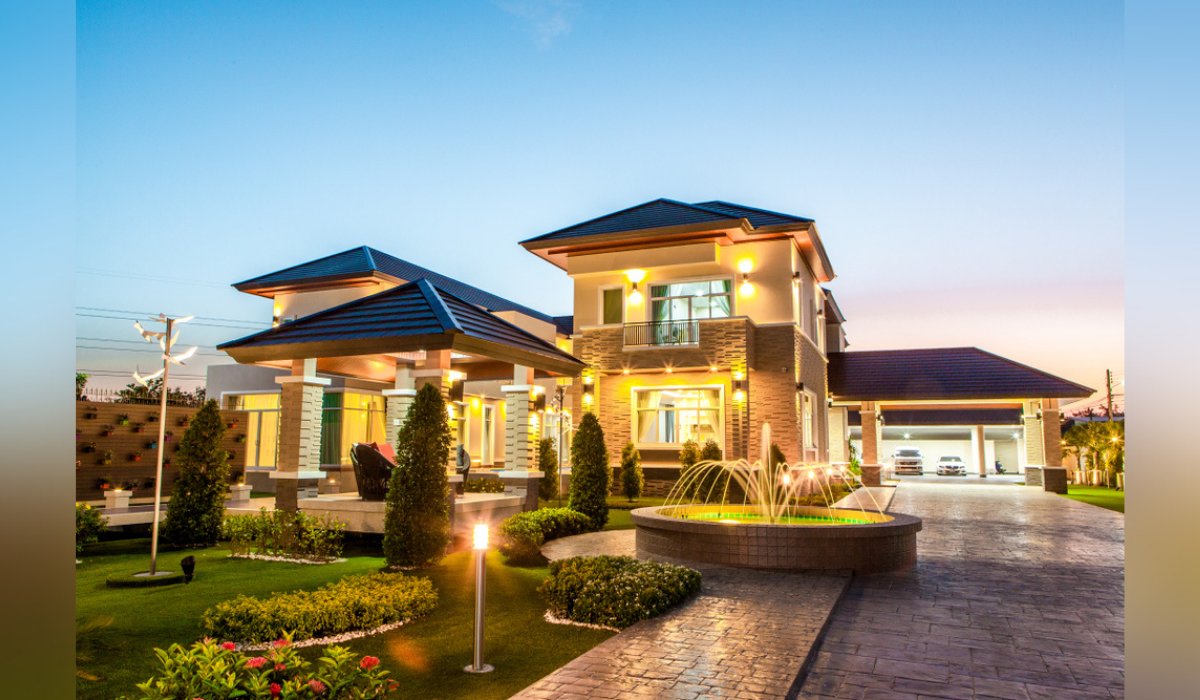Building a home involves constructing a structure and giving it a design so that it would be immune from all kinds of problems and be comfortable and also durable. Home structure design blends modernity, tradition and functionality in a country rich in Indian architectural style variety and cultural influences. Regardless of how bustling or quiet the city or the rural area is, the need to design a home that suits its climate, geography, and lifestyle demands is paramount. This article talks about how home building structure is done and also talks about some of the best home design ideas in India so that you, as homeowners, can make educated decisions while planning your dream house.
Importance of home structure design
The structure of a home is not only manifested by looks. It is this backbone that guarantees the safety and tenure of the dwelling. While climatic conditions differ from region to region in India, the design of the home structure must take into consideration humidity, heat, rainfall and seismic activity. An organised structure allows you to make the most of available space as you provide ventilation and natural light, key features that can enhance the quality of your life. Moreover, a strong structure ensures that the house can withstand weather changes and other external influences with time.
When considering India’s varied landscape — coastal areas in the south, arid zones in the west, or the cold northern states — the design must contend with these geographic constraints. The best home design in India includes both the local climate and preferences of the homeowners, balancing how the home serves people’s needs for comfort and aesthetic pleasures at the same time.
Modern home design trends in India
Over the years, modern home structure design in India has undergone development due to global trends and changing lifestyles. We now see many urban homes adopting minimalist designs with open spaces, big windows, flat roofs and neutral colour palettes for a sleek, chic look. With smart home features such as automated lighting, security systems, and energy efficient appliances, convenience while also being sustainable. The use of sustainable materials like recycled wood, solar panels and rainwater harvesting also reflects the national emphasis on eco-friendly, functional home designs.
Traditional Indian home structure designs
Modern designs are predominant in urban settings, while traditional home styles are still very popular in rural India and among those looking to be authentically its people. Indian architecture, borne out of ancient civilisations, regional practices and colonial influences, is characterised by symmetry, intricately carved woodwork and local material usage. Courtyards, verandas and jharokhas promote airflow and natural light, ideal for India’s hot climate. Thick walls, sloping roofs and open spaces promise to reduce reliance on artificial cooling. The best home design in India blends tradition with modern comforts; it preserves the heritage and fulfils the requirements of the contemporary era.
Space optimisation in urban home design
While urbanisation in India has been on the rise, space optimisation has become essential in home design. In cities like Mumbai, Delhi, and Bengaluru, the architects are trying to squeeze the most out of each inch of land. Open-plan layouts, multi-functional furniture, and smart storage solutions help conserve space. Homes are sprawling upwards, not outwards, and companies are taking note of vertical designs catching on. Roof gardens, similar roof gardens that come in the form of balconies, and mezzanine floors are features that give additional outdoor space, useful when space is limited. The best urban home designs ensure efficiency, flexibility and flexibility for the future.
Sustainable and eco-friendly home design
Sustainability has indeed started to take centre stage in home design in India owing to the tremendous growth of the urban population as well as climate issues. There is an increasing trend towards the use of eco-friendly components such as bamboo, compressed earth blocks, and recycled metals due to their lesser environmental costs. Non-energizing enclosures like thermal mass, natural ventilation and window orientation are passive design strategies that help minimise energy consumption. Other sustainable design features carried out include the use of solar energy, rainwater harvesting and the recycling of greywater. Some of the features of the finest house designs in India centre focus on construction that is in harmony with nature without compromising the comfort and convenience of the users.
Future of Home Structure Design in India
Home design in India will become the fusion of innovation, technology and tradition in the future. As there is a growing middle class and housing demand, the focus will be on affordable, well-designed homes. Modular construction and 3D printing will streamline building, making homes less expensive, faster, and more customisable. Wellness will continue in the form of health-conscious designs such as natural elements, green spaces, and improved air quality in homes.
Finally, home structure design in India is set for a bright future fuelled by an ongoing shift from modernity to sustainability and practicality. Whether in the design of homes that adopt contemporary designs, revive traditional elements, or incorporate cutting-edge technology, the designs of homes in India will continue to reflect the dynamic culture and changing needs, both of which will keep evolving in the coming years.
